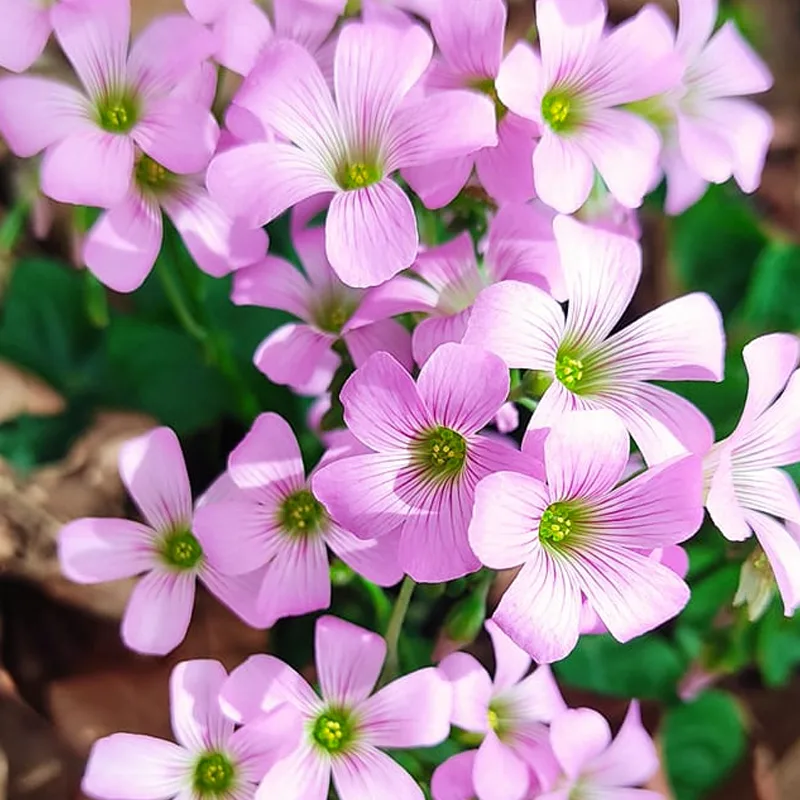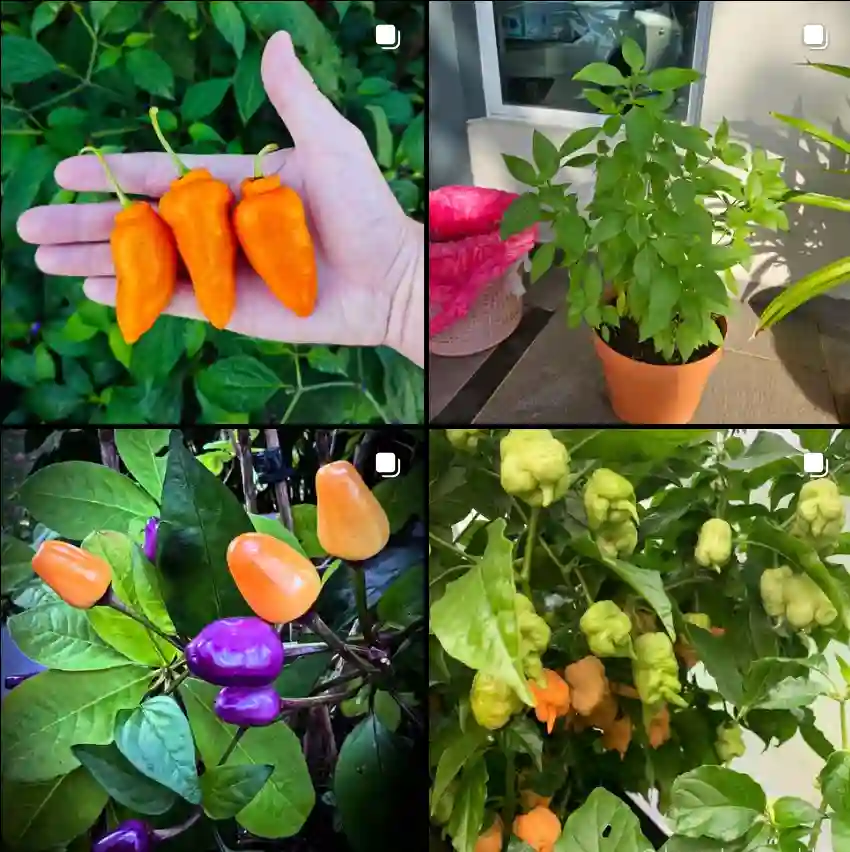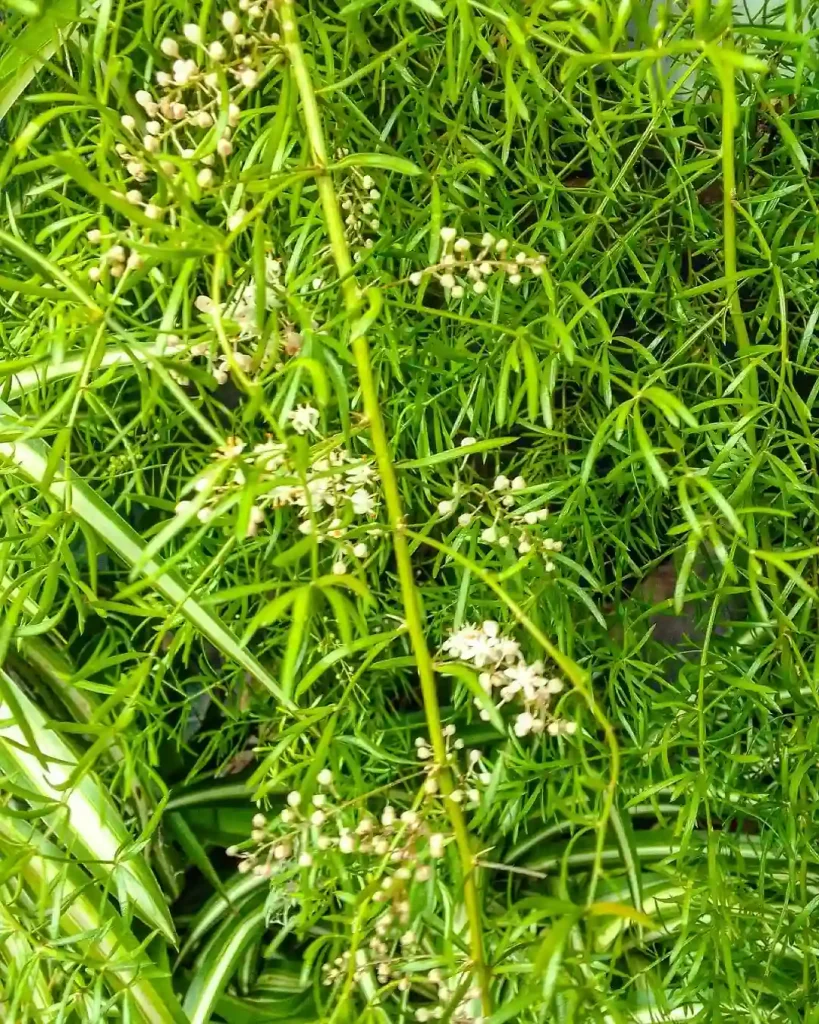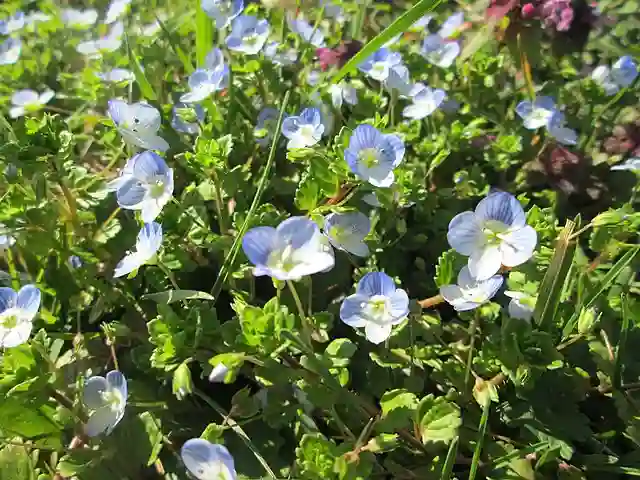The Sausage Tree: A Fascinating Encounter with Kigelia
My name is Ferb Vu, and I’ve always been drawn to the unique and unusual in the natural world. So, when I first encountered the Kigelia tree, I was immediately captivated. This isn’t your average tree with delicate blossoms or common fruits. No, the Kigelia, also known as the sausage tree, is in a league of its own.
A Unique African Native
The Kigelia genus from the Bignoniaceae family is monotypic, meaning it contains only one species: Kigelia africana. This remarkable tree is native to tropical Africa, thriving in areas with ample rainfall and fertile soil. It’s a true testament to the diversity and wonder of the African continent.
What sets the Kigelia apart are its distinctive fruits. These large, woody pods can grow up to two feet long and weigh up to 15 pounds. Hanging from long, rope-like stalks, they bear an uncanny resemblance to sausages, hence the tree’s common name.
First Impressions
My first encounter with a Kigelia was in a botanical garden in Tanzania. I remember being awestruck by the sheer size of the fruits and the way they hung like pendulums from the branches. It was a sight that sparked my curiosity and led me down a path of learning more about this fascinating tree.
The Kigelia is a deciduous tree, meaning it sheds its leaves during the dry season. This allows it to conserve water and survive harsh conditions. The leaves themselves are quite large and leathery, providing ample shade during the rainy season.
More Than Just a Pretty Fruit
But the Kigelia is more than just a visually striking tree. It plays a significant role in the ecosystem, providing food and shelter for a variety of animals. Birds are particularly fond of the tree’s nectar-rich flowers, which bloom at night and are pollinated by bats.
The fruits, while not palatable to humans in their raw form, are an important food source for various animals, including baboons, elephants, and hippos. They also play a role in traditional medicine, with various parts of the tree being used to treat ailments ranging from skin conditions to rheumatism.
The Kigelia’s Role in Traditional Medicine
One of the aspects that I find most intriguing about the Kigelia is its long history of use in traditional medicine. Communities across Africa have utilized various parts of the tree for centuries to address a wide range of health issues. The fruits, for instance, are believed to possess anti-inflammatory and analgesic properties and are used to treat conditions such as rheumatism, wounds, and snakebites.
The bark of the Kigelia tree is also valued for its medicinal properties. It is traditionally used to treat ailments such as dysentery, stomach aches, and even malaria. Additionally, the roots of the tree are believed to have purgative properties and are used to treat constipation.
The Science Behind the Sausage Tree
While traditional uses of the Kigelia are well-documented, scientific research is ongoing to fully understand the tree’s chemical composition and potential therapeutic benefits. Studies have identified various bioactive compounds in the Kigelia, including flavonoids, saponins, and tannins, which may contribute to its medicinal properties.
Research suggests that extracts from the Kigelia fruit possess antioxidant and anti-inflammatory activities. These properties may help explain its traditional use in treating skin conditions such as eczema and psoriasis. Additionally, some studies have shown that Kigelia extracts may have anticancer and antimicrobial properties, although further research is needed to confirm these findings.
Conservation Efforts
Despite its widespread distribution, the Kigelia faces threats due to habitat loss and over-exploitation for its medicinal properties. Conservation efforts are crucial to ensure the long-term survival of this unique tree species. Sustainable harvesting practices and habitat preservation are essential to maintain the ecological balance and preserve the Kigelia for future generations.
A Symbol of Resilience
For me, the Kigelia represents the resilience and adaptability of nature. Its ability to thrive in harsh conditions and provide sustenance to both animals and humans is a testament to its importance in the ecosystem. As I continue to explore the natural world, the Kigelia will always hold a special place in my memory, a reminder of the beauty and wonder that can be found in the most unexpected places.
The Kigelia is a true marvel of nature. It’s a tree that challenges our perceptions of what a tree can be, with its unique fruits and its vital role in the ecosystem. I’m grateful for the opportunity to have encountered this fascinating species and to share my experiences with others.
If i die, water my plants!



